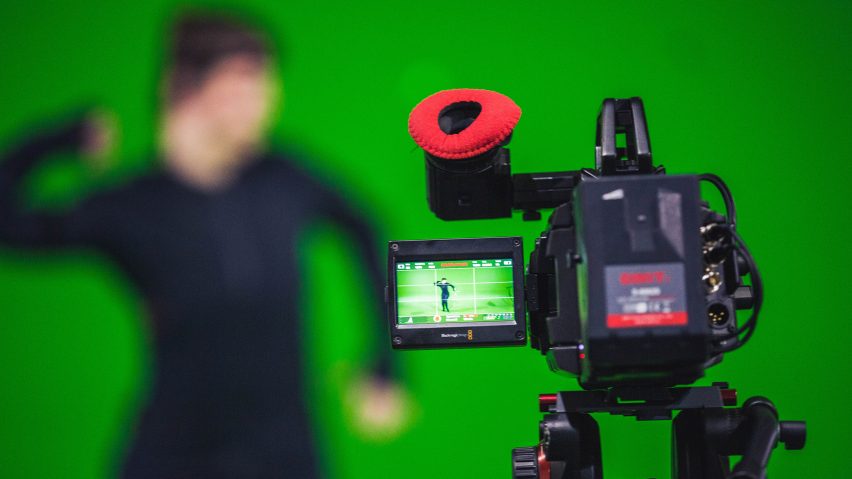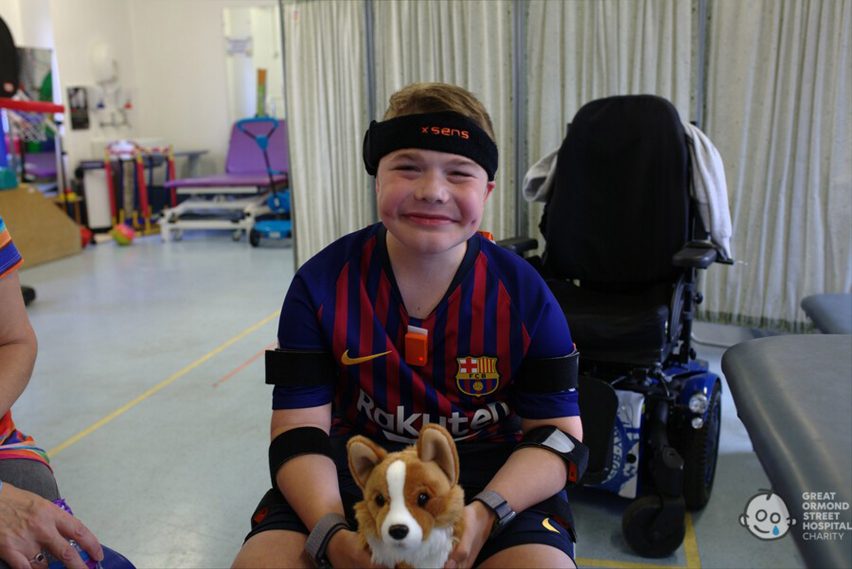
Researchers combine motion capture tech and AI to treat movement disorders
UK researchers have shown that artificial intelligence, combined with cinematic motion capture suits and digital twin technology, can offer a "faster, cheaper" way of treating patients with disorders that impair their movement.
Across two studies, researchers from University College London and Imperial College London showed that using a machine-learning algorithm to crunch data gathered from the wearable suits allowed them to predict the progression of diseases far more quickly and accurately than current methods.
The researchers hope the technology can be used to speed up drug development, monitor patients and one day diagnose common diseases that affect movement such as Parkinson's, dementia, stroke and orthopaedic conditions.
Breakthrough could mean make treatment cheaper and faster
"Our approach gathers huge amounts of data from a person's full-body movement – more than any neurologist will have the precision or time to observe a patient," said Imperial College professor Aldo Faisal, who is the senior and corresponding author of both papers.
"Our AI technology builds a digital twin of the patient and allows us to make unprecedented, precise predictions of how an individual patient's disease will progress."
The technology will allow a range of diseases to be treated "even faster, cheaper and more precisely," he said.

The researchers looked at two rare disorders: Friedreich's ataxia (FA) and Duchenne muscular dystrophy (DMD), both degenerative genetic diseases that affect movement and eventually lead to paralysis.
In the FA study, published in the journal Nature Medicine, the researchers tracked nine adult patients as they did everyday activities, such as walking a distance of eight metres around their house and performing tasks while seated at a table.
The subjects wore the Animazoo IGS-180 motion capture suit, which features 17 sensors embedded into a Lycra jacket and a pair of trousers.
In the DMD study, published in the same journal, the researchers tracked 21 children with DMD wearing a set of 17 sensors that were attached with Velcro to the body or clothing.
In the future, the researchers believe it will be possible to obtain accurate enough data from a video alone so that patients can be assessed remotely from their own homes.
Technology "gives us hope" for developing treatments for rare diseases
In both studies, data from the sensors was used to create a digital twin – an exact digital representation of the patient that could be used for analysis.
A machine learning algorithm was then used to identify the barely perceptible patterns in patients' movements and predict their disease progression.
The researchers anticipate that, as well as helping them with individual patients, this advance will allow them to run clinical trials more efficiently and with smaller numbers of subjects – a major advantage in the case of rare diseases.
In the FA study, the researchers showed that they could achieve the same precision in a trial with nine patients as they usually would with a sample size of 160.
"Researching rare conditions can be substantially more costly and logistically challenging, which means that patients are missing out on potential new treatments," said Valeria Ricotti, an honorary clinical lecturer at the UCL Great Ormond Street Institute of Child Health (UCL GOS ICH).
"Increasing the efficiency of clinical trials gives us hope that we can test many more treatments successfully," she added.
"The impact of this, alongside specialised clinical knowledge, will not only improve the efficiency of clinical trials but has the potential to translate across a huge variety of conditions that impact movement," agreed UCL GOS ICH professor Thomas Voit.
Other recent applications of AI in medicine include the Neural Sleeve, a bionic wearable by startup Cionic and Yves Béhar's design studio Fuseproject, which helps to correct muscle movements in people with limited mobility.
The top image is by Ryan Garry.